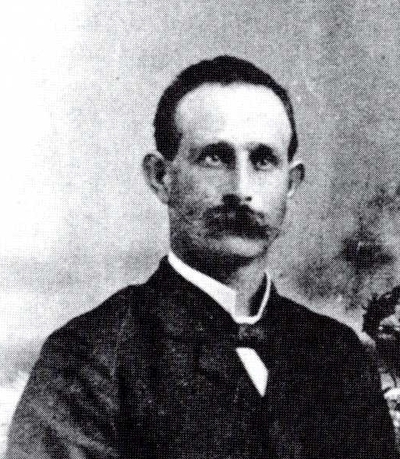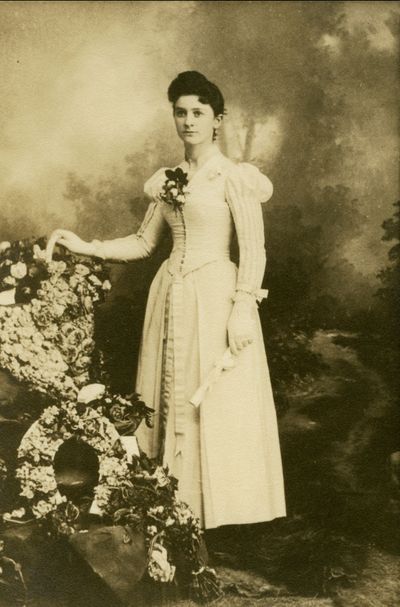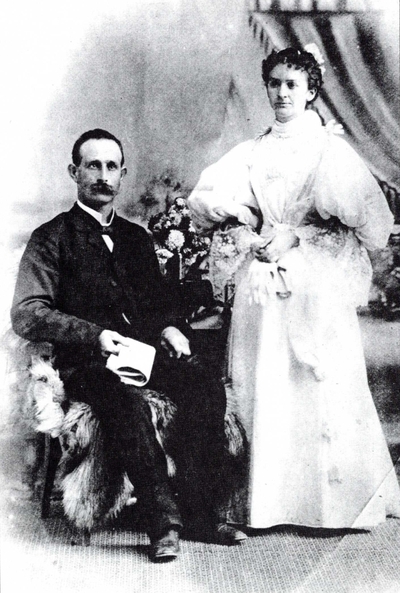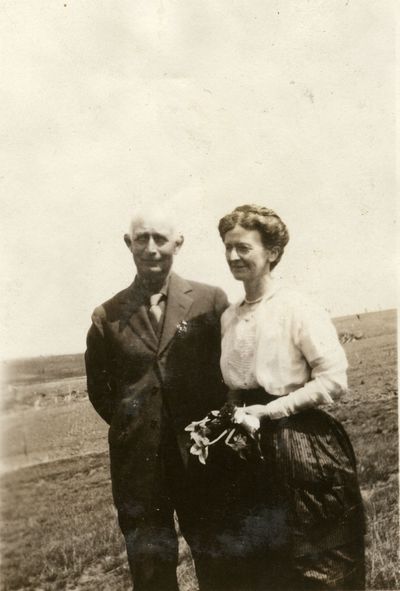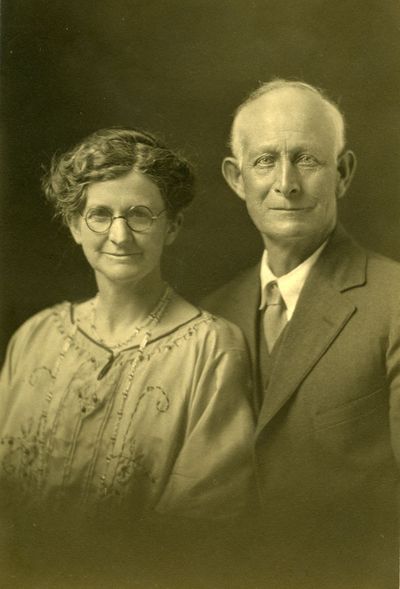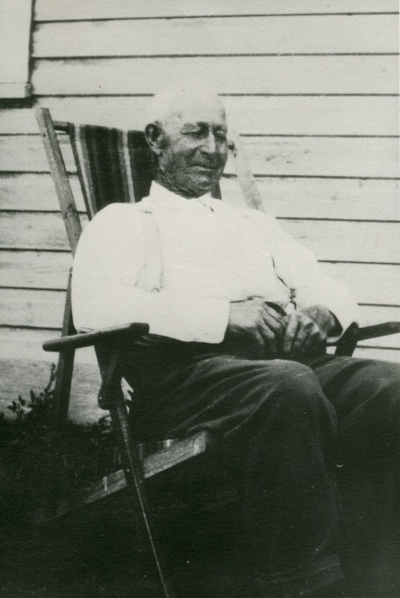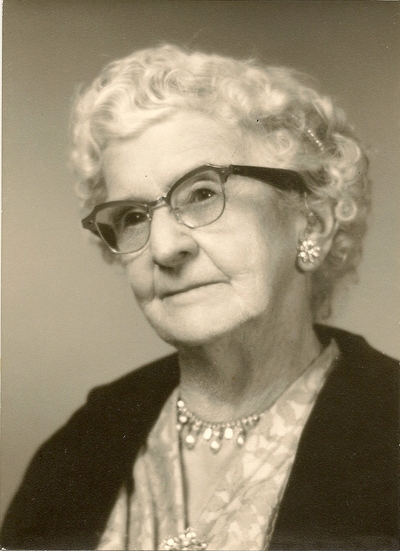Thomas B. Searcy and Lena R. Shelton
Thomas B. Searcy was born in Kentucky on January 1, 1860. His family moved to Missouri and then to Sangamon County, Illinois where he lived until age 23. In search of land out west, Searcy took the Santa Fe Railroad to San Francisco and continued north by boat to Portland, Oregon. Feeling unimpressed with the area, he continued up the Columbia River past The Dalles to what would become Sherman County. He searched the area on horseback looking for a homestead site. He then filed a claim under the Homestead Act of 1862, obtaining 160 acres of land in between the towns of Moro, Grass Valley and Rutledge.
Searcy returned to The Dalles to work. He got a job delivering supplies to sheep herders in the surrounding area. He did this for two years while building his home and barn on the property.
Lena Rivers Shelton was born December 25th 1871 on a farm near the town of Carlton in Yamhill County, Oregon. She graduated from McMinnville College (now Linfield College) in 1890 and passed the Teacher's Exam that same year. After teaching for a few years in country districts, then in the city of McMinnville, Lena learned of the need for teachers in rural eastern Oregon. She applied for and was given a position at the tiny school in Rutledge, Sherman County. Arriving in the fall of 1894, she boarded with the Ruggles family, who lived nearby the homestead of Thomas B. Searcy.
After meeting Thomas, Lena decided to stay in the area and in the summer of 1895, filed her own homestead claim adjacent to Thomas'. Thomas built a new home on Lena's section. They were married on November 20, 1895 and lived in the home on Lena's claim, where they raised eight children, all of whom worked on the ranch through the years.
Searcy lived and worked on his Homestead land until his death in 1934. Over time he was able to accumulate three other adjacent quarter sections adjacent to his original claim of 160 acres. Combined with Lena Searcy's quarter section, their total property covered 800 acres by 1920. The Searcy family maintained this thriving operation of part wheat farming, part sheep ranching through the early decades of the twentieth century.
After Thomas' death, Lena moved back west to Hillsboro, Oregon near her son John where she lived until her death in 1965. Thomas and Lena's oldest daughter, Nina, her son Thomas Dean Pinkerton and his wife bought out the interest of the other descendants and maintained the ranch.

